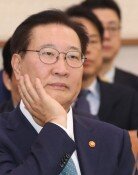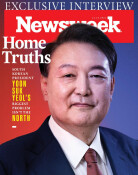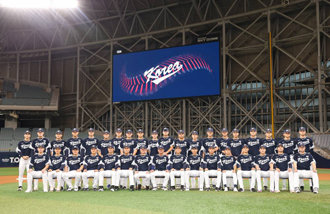Dream of homeownership Vietnamese socialism couldn't stifle
Dream of homeownership Vietnamese socialism couldn't stifle
Posted July. 24, 2024 07:30,
Updated July. 24, 2024 07:30
One of the most impressive aspects of my recent business trip to Hanoi, Vietnam, was the housing prices. The housing prices in Starlake City, an emerging affluent town dubbed the "Gangnam of Hanoi" due to its concentration of high-end apartment buildings, villas, international schools, and large commercial zones, were comparable to those of some of the outer suburbs of Seoul.
The current price of 20 pyeong (approximately 66 square meters) is in the mid-500 million Korean won (KRW) range, an 80% increase from its initial sale price in 2018. The rents were equally burdensome, with 20-pyeong apartments renting for 1,800 US dollars (USD) per month and 30-pyeong apartments for 3,000 USD per month. The Starlake City apartments, built by Korea's Daewoo Engineering & Construction in 2006, have community landscapes, interior layouts, and finishing materials similar to those of Korean apartments.
The International Monetary Fund (IMF) estimates Vietnam's 2024 GDP per capita at 4,632 USD, about one-seventh of Korea's 34,653 USD. While it is difficult to compare housing prices directly due to differences in real estate legal, tax, and transaction systems, the high housing prices in Vietnam are striking, considering the economic gap.
The villas near the apartment complexes are even more expensive, as Vietnamese people prefer villas with larger land areas. A villa initially sold in 2016 for 1.5 million USD (approximately 2 billion KRW) is now priced at around 4 million USD. The highest-end villas in prime locations are priced at over 7 billion KRW. Daewoo Engineering & Construction sources mentioned that many people are waiting for next year's apartment sales.
In Vietnam, land is state-owned, meaning individuals and companies can only own buildings and have land use rights. However, Vietnamese citizens can use residential land indefinitely, effectively allowing homeownership. Residential properties can also be inherited. Even in a socialist nation, the path to homeownership is open.
Officials from Korean firms operating in Vietnam agreed that Hanoi's recent housing price surge is due to a lack of housing supply. The urban population is rapidly growing as the Vietnamese economy expands, but the housing supply is not keeping pace.
The situation is remarkably similar in the Korean real estate market. As of July 15, the jeonse (lease deposit) for Seoul apartments has risen for 61 consecutive weeks, and their selling prices have increased for 17 consecutive weeks. Most of these increases were concentrated in preferred districts such as Mapo, Yongsan, Seongdong, Gangnam, Seocho, and Songpa.
Concerns about a potential housing shortage in Seoul drive this housing price surge. Some believe buyers who missed the opportunity during the previous price surge are now purchasing homes or upgrading to larger or better residences. The demand, previously suppressed by the former administration through bans on loans for expensive housing and punitive taxes, seems to be partially reviving.
The current administration argues that it will provide more homes by deregulating and avoiding its predecessor's mistakes. However, the market has not yet seen a significant increase in housing supply. One major cause is the delay in many key housing projects in Seoul due to soaring construction costs. Additionally, the government's claim that there is enough supply, based on new apartments being built in the third new city project located far from Seoul and youth rental housing, is not convincing. The government must remember that sufficient supply depends on meeting demand in desirable locations.
Headline News
- Pres. Yoon addresses the nation at a press conference
- LX Group chairman gifts 100 million won to employee family welcoming quadruplets
- Tax-exempt shared offices in rural areas misused as tax havens
- President-Elect Trump promises 'peace through strength'
- French gambler wins 67.2 billion won by betting on Trump’s election win







